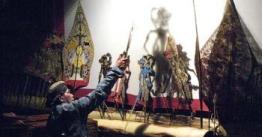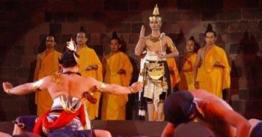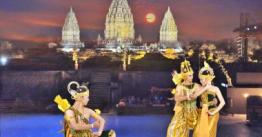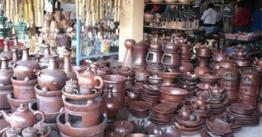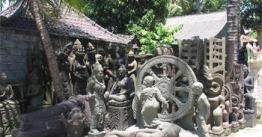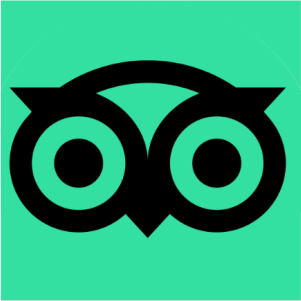You are here
Batik Handmade
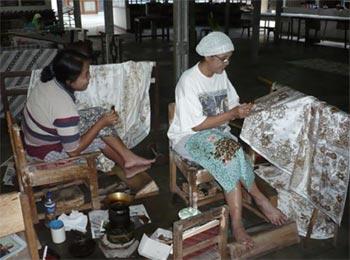
Batik Handmade Jogja is closely related to the development of the Majapahit kingdom and the spread of Islam religion on Java Island. The Batik expansion was done by Mataram kingdom ancient, continued by the Islamic Mataram kingdom in Solo and Yogyakarta.
Indonesian Batik is known since antiquity and continues to expand employment in the Majapahit kingdom and the subsequent kings. When started widening this batik art belongs to the people of Indonesia and Java in a particular tribe after the end of the 18th century AD. Batik products started in the early 20th century AD, and a new one was known after First World War finished in 1920. Many Batik counties in Java centre is another area, then becomes a tool by the economic struggle against the Muslim figure of the Dutch economy.
Batik is an art image on the cloth that became the culture of Indonesian kings of the old world. Initially, the batik was made only limited to the Kingdom. The result is to dress the king and his family and his followers in the government. As a result of many followers king who lived outside of Yogyakarta Palace, batik art then brought them out of Kingdom and made their place respectively.
Over time this batik art was imitated by the people nearest and subsequently became widespread employment by women in the household to fill their spare time. Furthermore, batik clothing was only for the Kingdom family and then became a folk outfit that was much preferred by women as well as men. White fabric material widely used at that time was woven itself. Worn while painting consists of native plants of Indonesia.
Copyright © 2025,

